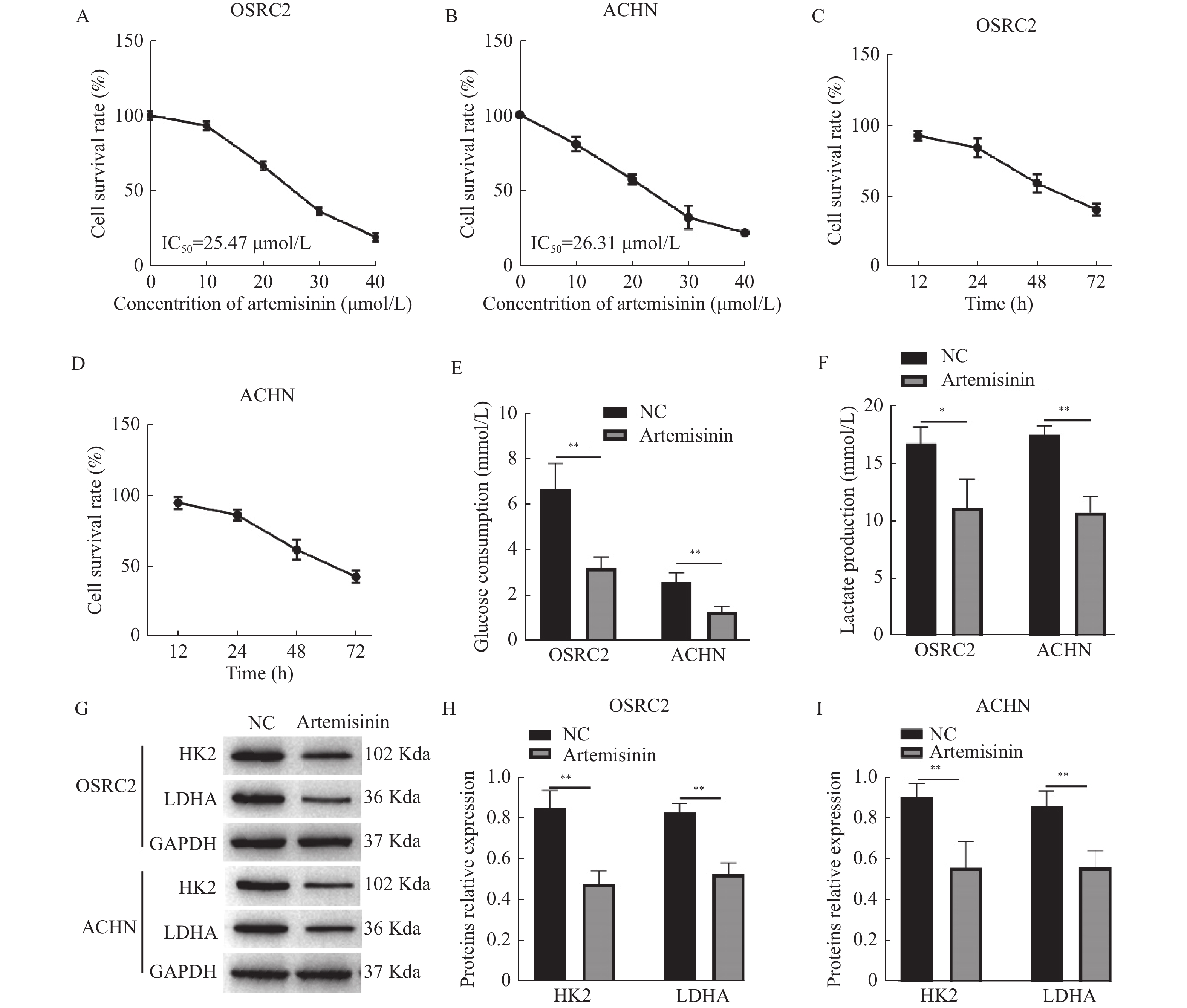|
[1]
|
Znaor A,Lortet-Tieulent J,Laversanne M,et al. International variations and trends in renal cell carcinoma incidence and mortality[J]. Eur Urol,2015,67(3):519-530. doi: 10.1016/j.eururo.2014.10.002
|
|
[2]
|
Baldewijns M M,Van Vlodrop I J,Schouten L J,et al. Genetics and epigenetics of renal cell cancer[J]. Biochim Biophys Acta,2008,1785(2):133-155.
|
|
[3]
|
Vaupel P,Schmidberger H,Mayer A. The Warburg effect: Essential part of metabolic reprogramming and central contributor to cancer progression[J]. Int J Radiat Biol,2019,95(7):912-919. doi: 10.1080/09553002.2019.1589653
|
|
[4]
|
Nocera G,Jacob C. Mechanisms of Schwann cell plasticity involved in peripheral nerve repair after injury[J]. Cell Mol Life Sci,2020,77(20):3977-3989. doi: 10.1007/s00018-020-03516-9
|
|
[5]
|
Reed G H,Poyner R R,Larsen T M,et al. Structural and mechanistic studies of enolase[J]. Curr Opin Struct Biol,1996,6(6):736-743. doi: 10.1016/S0959-440X(96)80002-9
|
|
[6]
|
Chen W J,Yang W,Gong M,et al. ENO2 affects the EMT process of renal cell carcinoma and participates in the regulation of the immune microenvironment[J]. Oncol Rep,2023,49(2):33.
|
|
[7]
|
Tang C,Wang M,Dai Y,et al. Krüppel-like factor 12 suppresses bladder cancer growth through transcriptionally inhibition of enolase 2[J]. Gene,2021,769:145338.
|
|
[8]
|
Fang L,Ye T,An Y. Circular RNA FOXP1 induced by ZNF263 upregulates U2AF2 expression to accelerate renal cell carcinoma tumorigenesis and warburg effect through sponging miR-423-5p[J]. J Immunol Res,2021,2021:8050993.
|
|
[9]
|
Wang M,Chen H,He X,et al. Artemisinin inhibits the development of esophageal cancer by targeting HIF-1α to reduce glycolysis levels[J]. J Gastrointest Oncol,2022,13(5):2144-2153. doi: 10.21037/jgo-22-877
|
|
[10]
|
Farhan M,Silva M,Xingan X,et al. Artemisinin inhibits the migration and invasion in uveal melanoma via inhibition of the PI3K/AKT/mTOR signaling pathway[J]. Oxid Med Cell Longev,2021,2021:9911537.
|
|
[11]
|
Wang Z,Li M,Liu Y,et al. Dihydroartemisinin triggers ferroptosis in primary liver cancer cells by promoting and unfolded protein response-induced upregulation of CHAC1 expression[J]. Oncol Rep,2021,46(5):240. doi: 10.3892/or.2021.8191
|
|
[12]
|
Cai X,Miao J,Sun R,et al. Dihydroartemisinin overcomes the resistance to osimertinib in EGFR-mutant non-small-cell lung cancer[J]. Pharmacol Res,2021,170:105701.
|
|
[13]
|
Yu C,Sun P,Zhou Y,et al. Inhibition of AKT enhances the anti-cancer effects of Artemisinin in clear cell renal cell carcinoma[J]. Biomed Pharmacother,2019,118:109383.
|
|
[14]
|
Zhang M X,Wang J L,Mo C Q,et al. CircME1 promotes aerobic glycolysis and sunitinib resistance of clear cell renal cell carcinoma through cis-regulation of ME1[J]. Oncogene,2022,41(33):3979-3990. doi: 10.1038/s41388-022-02386-8
|
|
[15]
|
He Y,Wang X,Lu W,et al. PGK1 contributes to tumorigenesis and sorafenib resistance of renal clear cell carcinoma via activating CXCR4/ERK signaling pathway and accelerating glycolysis[J]. Cell Death Dis,2022,13(2):118. doi: 10.1038/s41419-022-04576-4
|
|
[16]
|
Li J,Zhang S,Liao D,et al. Overexpression of PFKFB3 promotes cell glycolysis and proliferation in renal cell carcinoma[J]. BMC Cancer,2022,22(1):83. doi: 10.1186/s12885-022-09183-2
|
|
[17]
|
Chen X,Li Z,Yong H,et al. Trim21-mediated HIF-1α degradation attenuates aerobic glycolysis to inhibit renal cancer tumorigenesis and metastasis[J]. Cancer Lett,2021,508:115-126. doi: 10.1016/j.canlet.2021.03.023
|
|
[18]
|
Gao L,Yang F,Tang D,et al. Mediation of PKM2-dependent glycolytic and non-glycolytic pathways by ENO2 in head and neck cancer development[J]. J Exp Clin Cancer Res,2023,42(1):1. doi: 10.1186/s13046-022-02574-0
|
|
[19]
|
Liu D,Mao Y,Chen C,et al. Expression patterns and clinical significances of ENO2 in lung cancer: an analysis based on Oncomine database[J]. Ann Transl Med,2020,8(10):639. doi: 10.21037/atm-20-3354
|
|
[20]
|
Soh M A,Garrett S H,Somji S,et al. Arsenic,cadmium and neuron specific enolase (ENO2,γ-enolase) expression in breast cancer[J]. Cancer Cell Int,2011,11(1):41. doi: 10.1186/1475-2867-11-41
|
|
[21]
|
Huang J,Yang M,Liu Z,et al. PPFIA4 promotes colon cancer cell proliferation and migration by enhancing tumor glycolysis[J]. Front Oncol,2021,11:653200.
|
|
[22]
|
Peng J,Liu F,Zheng H,et al. IncRNA ZFAS1 contributes to the radioresistance of nasopharyngeal carcinoma cells by sponging hsa-miR-7-5p to upregulate ENO2[J]. Cell Cycle,2021,20(1):126-141. doi: 10.1080/15384101.2020.1864128
|
|
[23]
|
Liu C C,Wang H,Wang W D,et al. ENO2 promotes cell proliferation,glycolysis,and glucocorticoid-resistance in acute lymphoblastic leukemia[J]. Cell Physiol Biochem,2018,46(4):1525-1535. doi: 10.1159/000489196
|
|
[24]
|
Pan J,Jin Y,Xu X,et al. Integrated analysis of the role of enolase 2 in clear cell renal cell carcinoma[J]. Dis Markers,2022,2022:6539203.
|






 下载:
下载:





